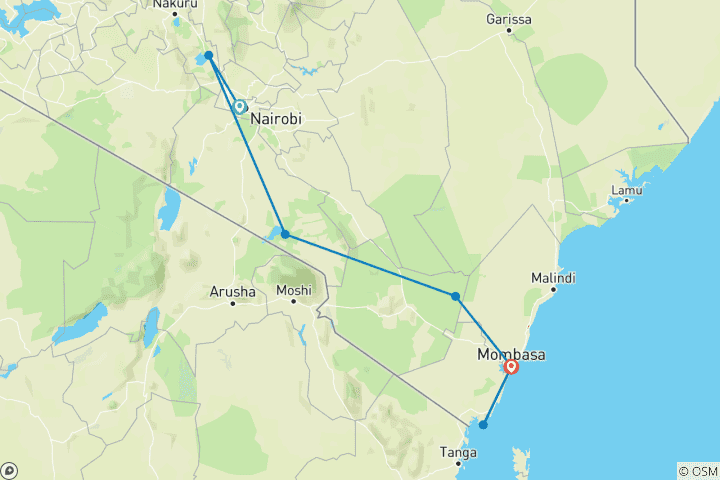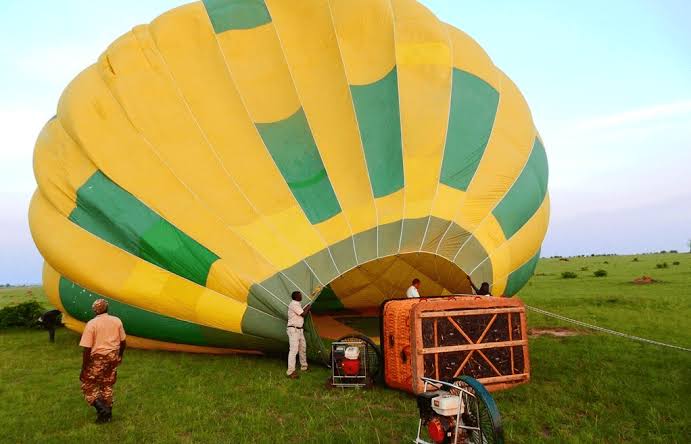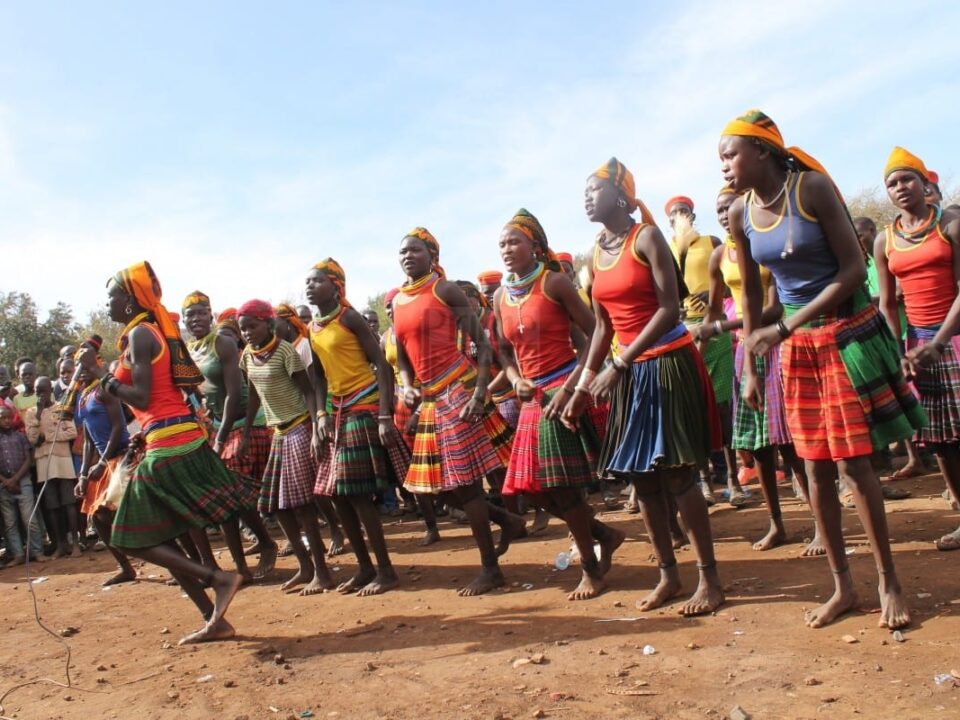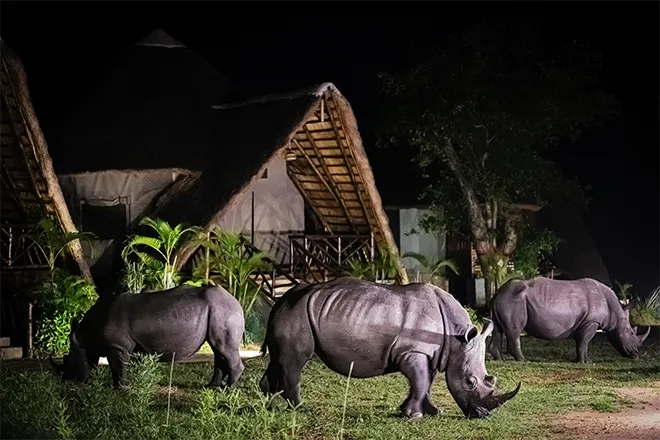- GET IN TOUCH WITH US:
- +256 753518160
- +256 777842166
- info@experiyatourcompany.com

Can I rent a 4×4 for self-driving in Kenya?
November 20, 2025
Is public transport safe in Kenya?
November 20, 2025How Long Is the Drive from Nairobi to Mombasa?
The journey from Nairobi to Mombasa is one of Kenya’s most iconic travel routes. It connects the country’s bustling capital to its enchanting coastline—home to white-sand beaches, turquoise waters, historic towns, and luxurious oceanfront resorts. Whether you are planning a safari-to-beach itinerary, a coastal family vacation, or a business trip with leisure on the side, understanding the length and nature of the drive between the two cities helps you plan a smooth journey. The Nairobi–Mombasa road is a vital national corridor, offering diverse scenery, bustling market towns, wildlife-rich plains, and the dramatic backdrop of Tsavo National Parks. But how long is the drive really?
The answer depends on several factors—your starting location in Nairobi, your final destination in Mombasa, the time of day, the route chosen, and traffic along the busy Mombasa Road corridor. With improvements in infrastructure, including stretches of the Standard Gauge Railway (SGR), new expressways, bypasses, and upgraded sections of the A109 highway, road travel between the two cities has become more predictable. This detailed blog explores everything you need to know about the journey: driving duration, route comparisons, stopping points, traffic expectations, safety tips, and the overall experience of traveling from Nairobi’s highlands to Mombasa’s coastal paradise.
Typical Driving Duration: Nairobi to Mombasa
Under normal conditions, the drive from Nairobi to Mombasa takes between 5.5 and 7 hours using the main Mombasa Road (A109). This depends on traffic in and out of Nairobi, weather conditions, and the pace at which you drive. If you are traveling during peak traffic hours—especially near Athi River—the drive can extend slightly beyond 7 hours.
Travelers heading to North Coast beaches like Nyali, Bamburi, or Shanzu may reach their destinations slightly faster than those going to South Coast locations such as Diani, which requires crossing the Likoni Ferry. The ferry crossing, depending on timing, can add an extra 30 minutes to 1 hour.
The Main Route: Nairobi–Mombasa Highway (A109)
The most commonly used route is the A109 highway, often referred to simply as Mombasa Road. It begins from Nairobi’s city center and extends southeast through Athi River, Machakos County, Mtito Andei, Voi, and Mazeras before reaching Mombasa Island. This road is well-paved, although certain sections experience heavy truck traffic because it is a major trade route to and from the port of Mombasa.
Over recent years, significant upgrades—including widening, bypass construction, and improved signage—have enhanced driving safety and speed. Travelers enjoy a scenic, open-road experience as they pass through:
The Athi Plains
The rolling savannahs of Tsavo West
The expansive plains of Tsavo East
Market towns like Kibwezi and Voi
Rugged, semi-arid landscapes
Occasional views of wildlife grazing near the highway
Because the road cuts through Tsavo’s ecosystems, it is not uncommon to spot elephants, giraffes, zebras, or antelopes along the way, making the journey feel like a mini-safari.
 travel Duration According to Driving Conditions
travel Duration According to Driving Conditions
The 5.5 to 7-hour driving estimate assumes smooth conditions. However, several factors can influence the total travel time:
Traffic Leaving Nairobi
Morning and evening rush hours can significantly slow your departure. Leaving between 5:00 AM and 6:00 AM is ideal for avoiding congestion.
Weather Conditions
Heavy rains can reduce visibility and slow down the drive, especially on rural sections. Dry-season travel tends to be faster.
Truck Traffic
Since the Mombasa Road is Kenya’s main cargo transport route, you may encounter heavy trucks, which slow overtaking in some sections.
Road Construction
Periodically, road works or upgrading projects may add a layer of delay, though signage and diversions are usually well-marked.
Destination Within Mombasa
North Coast destinations can be reached faster, while South Coast visitors using the Likoni Ferry may experience longer delays.
Despite these variables, the route remains one of the most scenic and manageable long-distance drives in Kenya.
Alternative Driving Route: The Mombasa Expressway (Future Option)
The Nairobi–Mombasa Expressway project has been proposed to drastically reduce travel time between the two cities, potentially bringing the journey down to around four hours. While the full expressway is still under phased development, travelers can expect even faster and safer driving in the near future.
Self-Drive or Chauffeured Drive?
Both self-driving and hiring a professional driver are common options for this journey.
Self-driving offers independence, flexibility with stops, and a more adventurous feel. Renting a 4×4 or SUV ensures comfort on long stretches and enables exploration beyond the main towns.
Hiring a professional driver offers a more relaxed experience—ideal for tourists unfamiliar with local driving culture or those who prefer resting during the journey. Drivers familiar with the route know safe overtaking points, the best fuel stops, and local shortcuts.
What to Expect Along the Route
The Nairobi–Mombasa highway is well-equipped with:
Fuel stations (Shell, Total, Rubis)
Restaurants and cafés
Rest stops
Mechanics and service shops
Hotels and lodges
Popular stopping points include:
Athi River
Machakos Junction
Sultan Hamud
Kibwezi
Mtito Andei
Voi
Marianani
Each town has supermarkets, fuel stations, eateries, and local markets—providing opportunities for refreshments and stretching your legs.
Safety Considerations for the Drive
Although the road is generally safe, it’s important to follow standard precautions:
Drive during daylight hours for better visibility
Avoid unnecessary stops in unpopulated areas
Watch out for wildlife near Tsavo
Keep valuables out of sight
Follow speed limits—police checks are common along the route
Ensure your vehicle is in good condition: brakes, tires, coolant, and fuel
Sticking to these tips ensures a smooth and trouble-free experience.
Scenic Highlights of the Journey
One of the joys of driving from Nairobi to Mombasa is the stunning variety of scenery along the way. The journey feels like a storytelling route through Kenya’s geographic soul.
Highlights include:
Sweeping savannah plains dotted with acacia trees
Dusty, red-earth landscapes of Tsavo
Occasional wildlife sightings along the park boundaries
Bright blue skies that stretch endlessly over semi-arid plains
Local roadside markets selling fruit, curios, and crafts
Panoramic views of the Taita Hills near Voi
As you approach Mombasa, the coastal humidity becomes noticeable, palm trees appear, and the scent of the ocean signals the final stretch.
Is the Drive Worth It?
Absolutely. For many travelers, the Nairobi-to-Mombasa drive becomes an unforgettable part of the journey. It offers freedom, landscapes, cultural immersion, and the flexibility to explore more of Kenya’s heartland.
That said, if time is limited, flights remain the fastest option—taking just one hour. The SGR train also provides a relaxing five-hour rail experience. But for those who enjoy road travel, the drive is richly rewarding.
The Ideal Way to Combine Nairobi and Mombasa
The perfect safari-to-beach itinerary often involves exploring Kenya’s wildlife parks from Nairobi, followed by a scenic drive or train ride to the coast for relaxation. Combining these destinations offers the best of Kenya—vibrant wildlife, deep cultural connections, and warm coastal bliss.
To ensure the journey is smooth, organized, and memorable, planning with a trusted travel partner makes all the difference.
Experiya Tour Company specializes in creating seamless Nairobi–Mombasa travel experiences, whether by road, rail, or air. Their team organizes comfortable vehicles, professional drivers, carefully timed itineraries, and tailored safari-and-beach packages.
For a safe, well-planned, and unforgettable road journey in Kenya, booking your travels with Experiya Tour Company is highly recommended.




